Ecosystem science, Global change, Assessments and Scenarios. Co-EiC of Ecosystems with @MonicaGTurner.bsky.social. My website:
https://limnology.wisc.edu/faculty/stephen-r-carpenter/
Stephen Russell Carpenter is an American lake ecologist who focuses on lake eutrophication which is the over-enrichment of lake ecosystems leading to toxic blooms of micro-organisms and fish kills. .. more
Reposted by Stephen R. Carpenter

Moretti+
eml.berkeley.edu/~moretti/noi...
"aggregate economic cost of traffic noise at $110 billion" in USA
a "shift to electric vehicles...could yield noise reduction benefits of $77.3 billion"
Reposted by Stephen R. Carpenter

www.bbc.com/news/article...
"The trial is trying to answer big questions about how we can produce enough food and protect farmer's livelihoods in a world being altered by climate change."
Reposted by Stephen R. Carpenter

Reposted by Stephen R. Carpenter, Emili García‐Berthou

www.sciencedaily.com/releases/202...
Reposted by Monica G. Turner, Ben Bond‐Lamberty

Reposted by Monica G. Turner

Reposted by Monica G. Turner

Reposted by Monica G. Turner


Reposted by Stephen R. Carpenter, Jonathan A. Foley, Stacy D. VanDeveer

Reposted by Meredith Broussard, Stephen R. Carpenter, Brendan Nyhan , and 23 more Meredith Broussard, Stephen R. Carpenter, Brendan Nyhan, David Dunning, Martin Paul Eve, Maxwell Palmer, Giovanna Mascheroni, Devon Greyson, Smith, Alan Richardson, Jacob T. Levy, Margot C. Finn, John Hogan, Bessma Momani, Joanna Tai, David Murakami Wood, Urška Demšar, Greg Linden, Philip Bell, Albin Wagener, Alan Liu, Olúfẹ́mi Táíwò, Maksym Polyakov, Nathan P. Kalmoe, Gareth Terry, Carly D. Ziter

www.computerworld.com/article/4059...
—WEF Global Risks Report 2025
https://www.weforum.org/stories/2025/01/global-risks-report-2025-bleak-predictions/
Reposted by Stephen R. Carpenter

yaleclimateconnections.org/2019/07/how-...
Reposted by Meredith Broussard, Suresh Venkatasubramanian, Stephen R. Carpenter , and 13 more Meredith Broussard, Suresh Venkatasubramanian, Stephen R. Carpenter, Gavin A. Schmidt, Melissa Johnson, Cathy N. Davidson, Karen Benjamin Guzzo, Janet Murray, Julia Lynch, Lesley Bartlett, Brooke Harrington, Holland, Hong, Annette Yoshiko Reed, Southern Africa, Monisha Bajaj

“The A.I. companies selected to oversee the program would have a strong financial incentive to deny claims. Medicare plans to pay them a share of the savings generated from rejections.”
Reposted by Stephen R. Carpenter, Brendan Nyhan

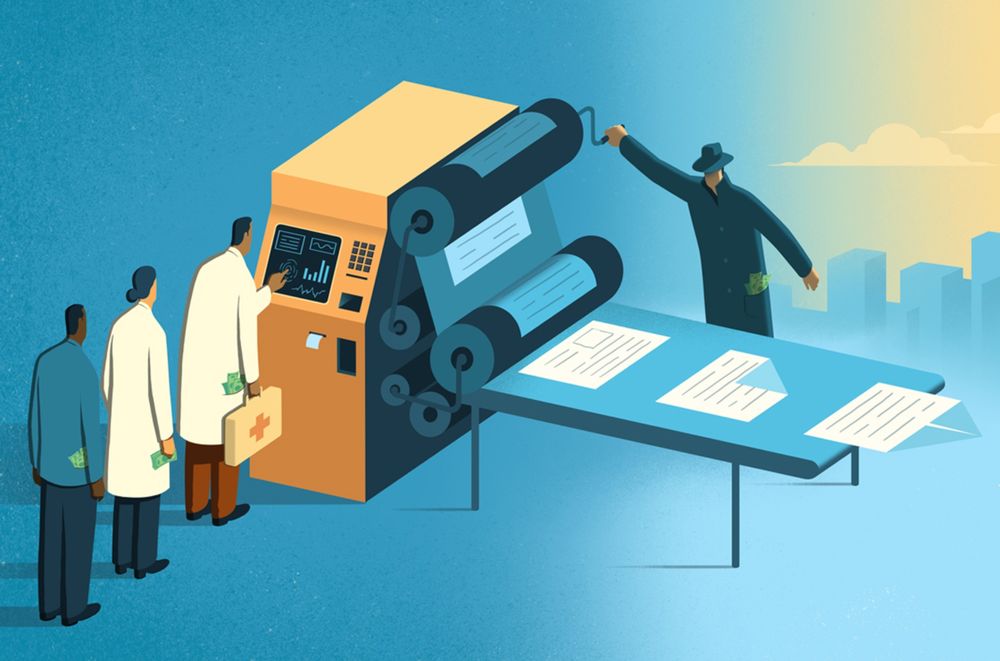
Reposted by Stephen R. Carpenter
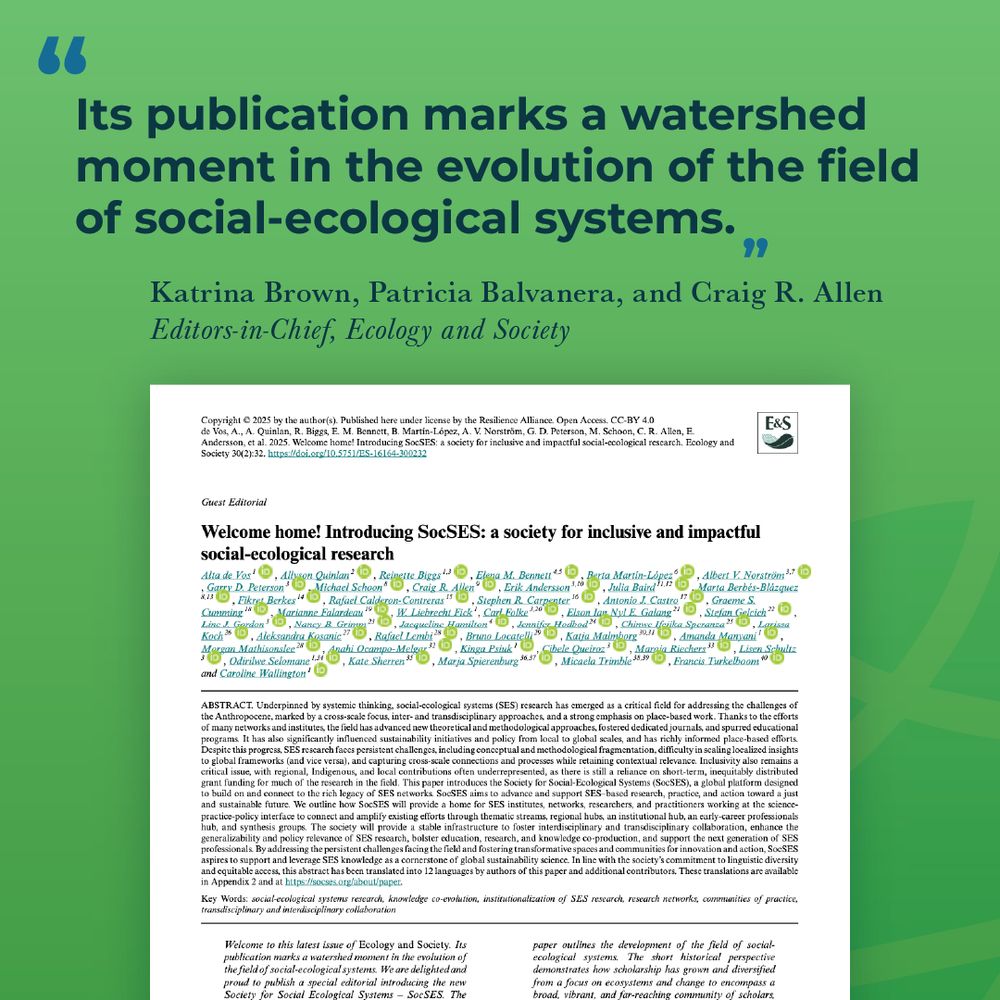
Read the open-access paper in Ecology and Society here 🔗 tinyurl.com/22zhetsc and visit the SocSES webpage that accompanies the paper here 🔗 tinyurl.com/35zuaamk
Reposted by Stephen R. Carpenter
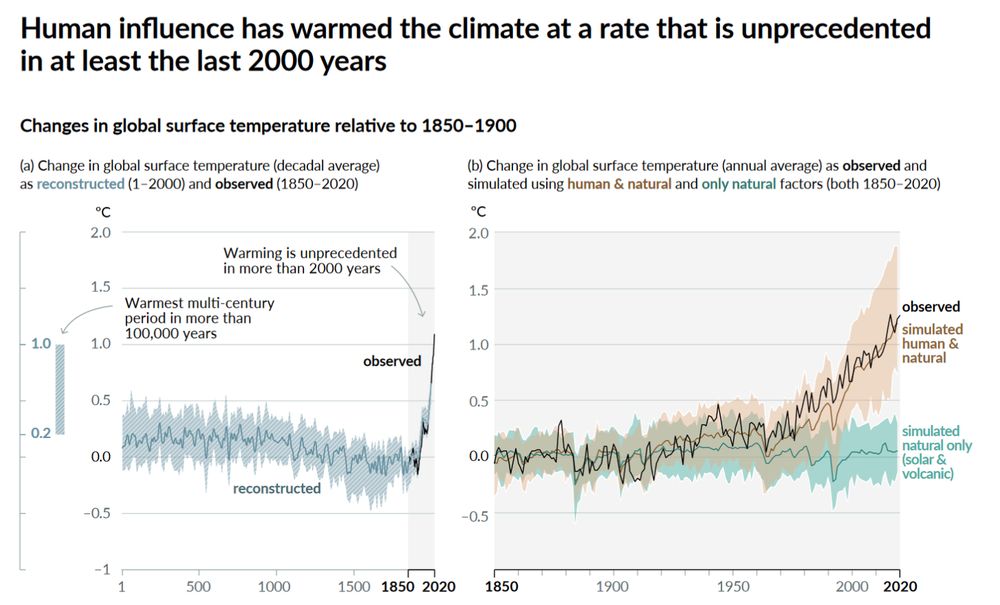
Reposted by Stephen R. Carpenter, Jingfeng Xiao

drawdown.org/news/climate...
Read the open-access paper in Ecology and Society here 🔗 tinyurl.com/22zhetsc and visit the SocSES webpage that accompanies the paper here 🔗 tinyurl.com/35zuaamk

Reposted by Stephen R. Carpenter, David Bailey
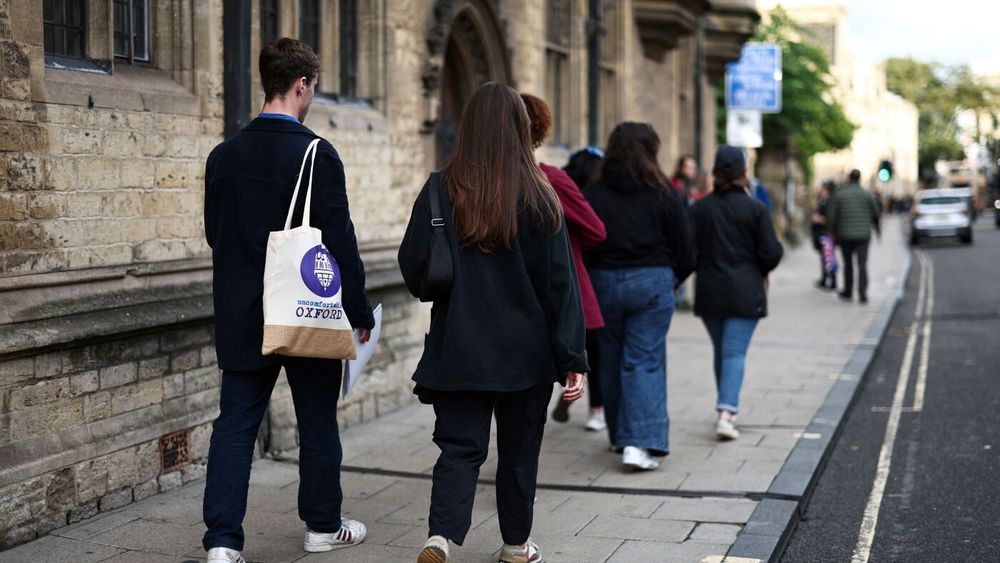
Reposted by Stephen R. Carpenter

@waynestateclas.bsky.social PhD student Brittanie Dabney spoke to @detroitnews.bsky.social on the risks. At @iaglr.bsky.social ? Don’t miss PFAS sessions today to learn the latest on PFAS!
Reposted by Stephen R. Carpenter
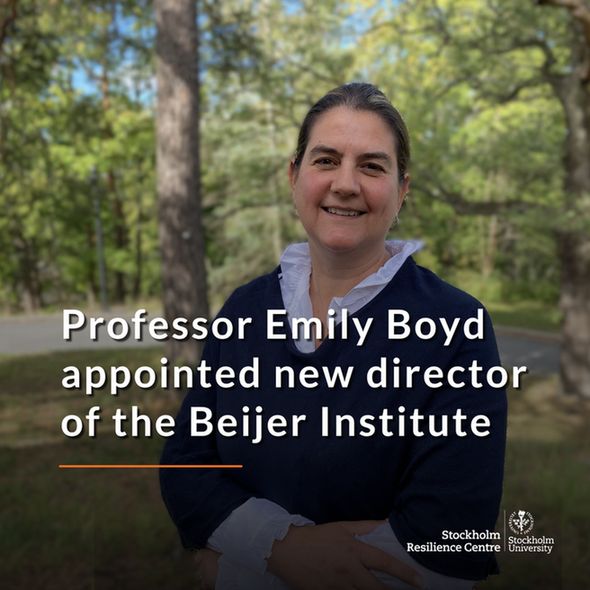
We also wish to say a heartfelt thank you to Carl Folke, retiring in September, for his inspiring leadership over the years. 🌍💚
Reposted by Stephen R. Carpenter
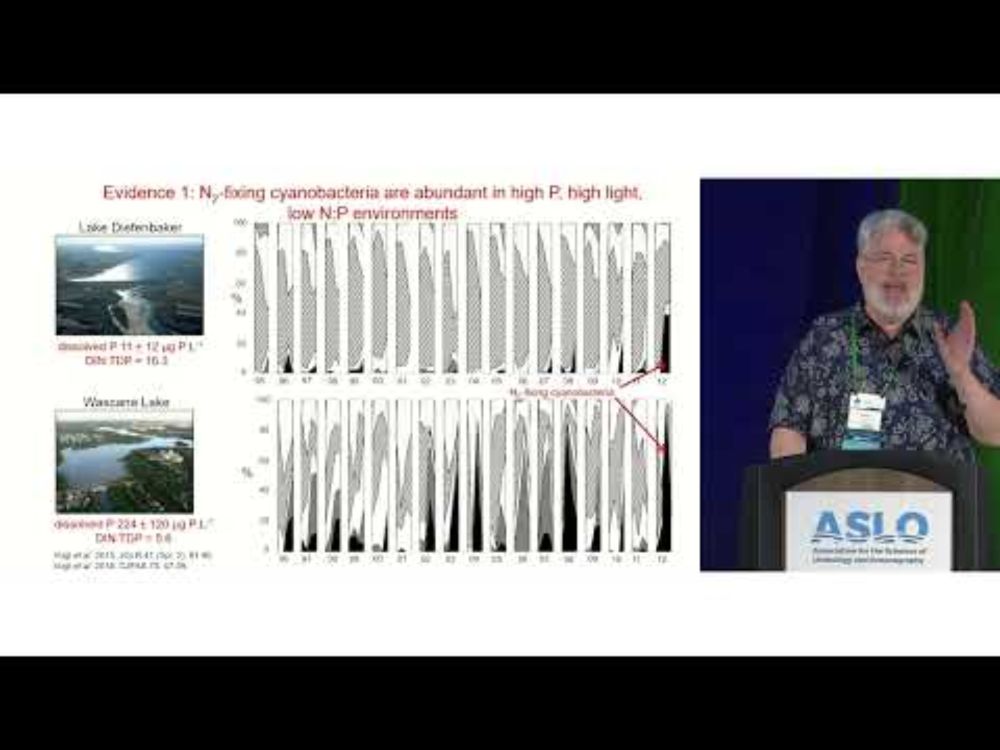

Reposted by Stephen R. Carpenter
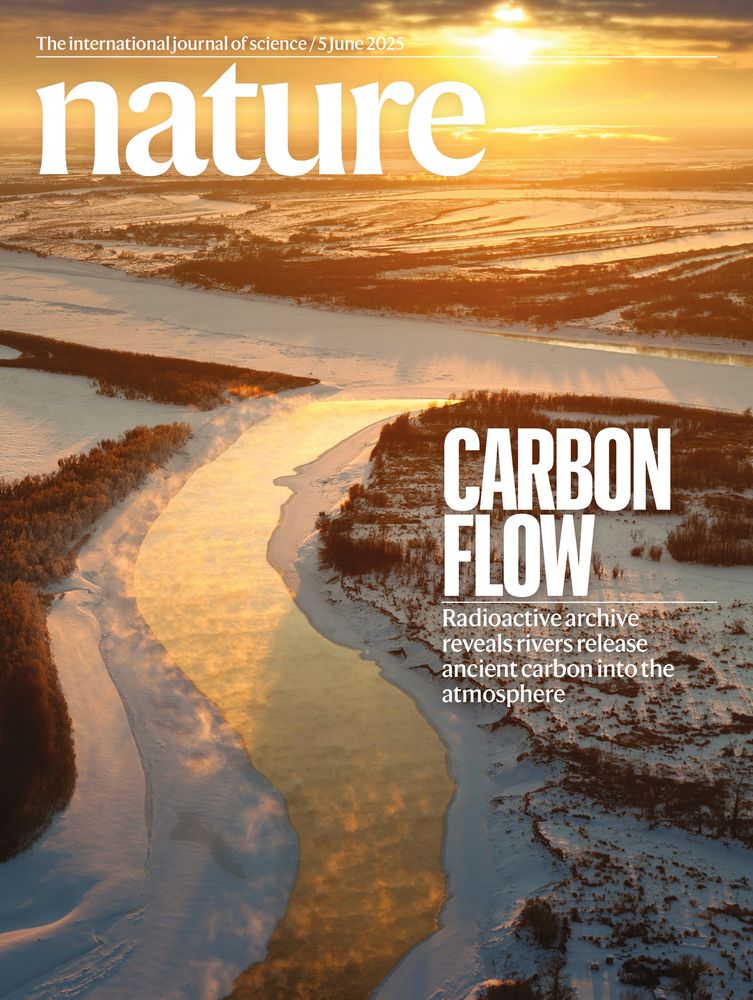
doi.org/10.1038/s415...
#radiocarbon in #rivers reveals the age of CO2 they release to the atmosphere.
An active leak of old carbon from land.
🧪⚒️
@joshfdean.bsky.social @oxuniearthsci.bsky.social
Reposted by Stephen R. Carpenter
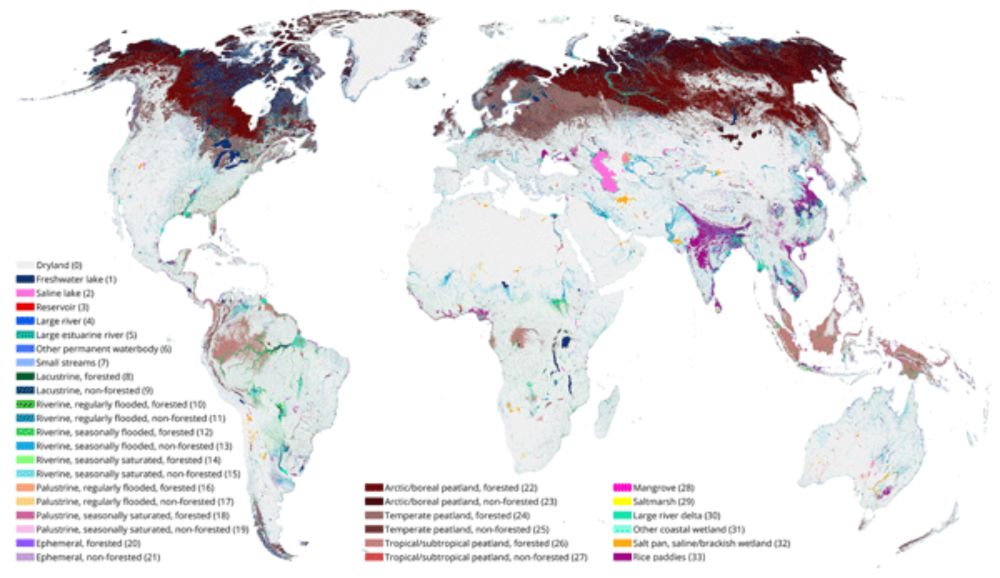
essd.copernicus.org/articles/17/...
Reposted by Stephen R. Carpenter

Reposted by Stephen R. Carpenter
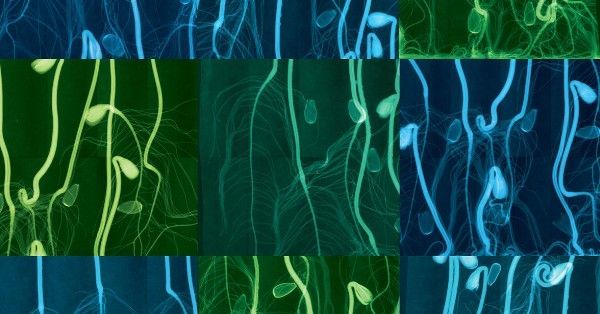
However, the supply of #NativeSeeds to restore and conserve ecosystems often falls short of demand.
Learn more: ow.ly/hyPJ50VY4n2
Reposted by Stephen R. Carpenter

